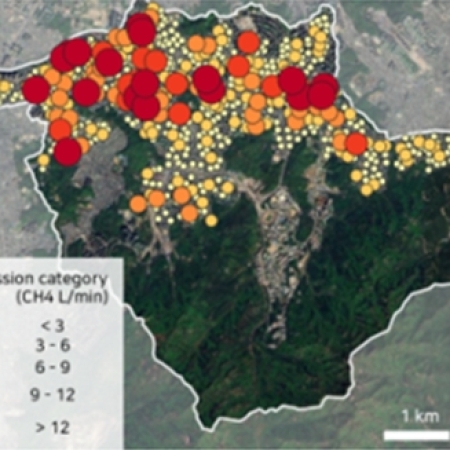Research Research Highlights
Research Highlights
Research Highlights
Research Highlights
Research Highlights 미리보기
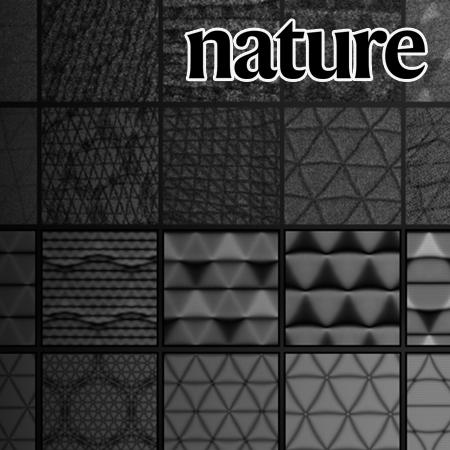
Professor Hyobin Yoo’s Research Team at SNU Develops 2D Quantum Material Platform Using Moiré Lattice Superposition
Prof. Hyobin Yoo
Seoul National University College of Engineering has announced that a joint research team led by Professor Hyobin Yoo from the Department of Materials Science and Engineering, in collaboration with Professor Young-Woo Son (Korea Institute for Advanced Study) and Professor Changwon Park (Ewha Womans University), has successfully developed a two-dimensional (2D) quantum material platform through the superposition of moiré lattices.
Research Highlights Board

Asymmetric hysteresis response of mid-latitude storm tracks to CO2 removal
Prof. Seok-Woo Son
In a warming climate, storm tracks are projected to intensify on their poleward side. Here we use large-ensemble CO2 ramp-up and ramp-down simulations to show that these changes are not reversed when CO2 concentrations are reduced.
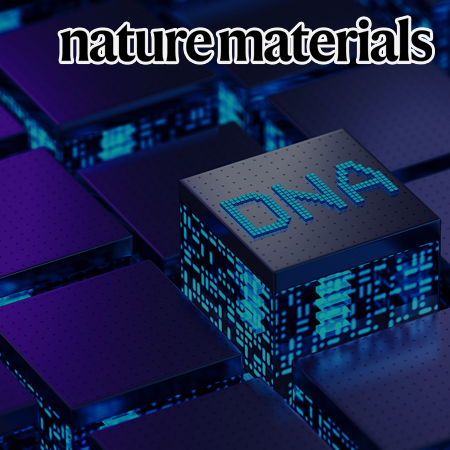
Prediction of DNA origami shape using graph neural network
Prof. Do-Nyun Kim
Unlike proteins, which have a wealth of validated structural data, experimentally or computationally validated DNA origami datasets are limited. Here we present a graph neural network that can predict the three-dimensional conformation of DNA origami assemblies both rapidly and accurately.

Integrated assessment of the natural purification capacity of tidal flat for persistent toxic substances and heavy metals in contaminated sediments
Prof. Jong Seong Khim
Natural purification of pollutants is highly recognized as regulating ecosystem services; however, the purification capacity of tidal flats remains largely unknown and/or unquantified.

Molecular Characterization and Environmental Impact of Newly Isolated Lytic Phage SLAM_phiST1N3 in the Cornellvirus Genus for Biocontrol of a multidrug-resistant Salmonella Typhimurium in the Swine Industry chain
Prof. Younghoon Kim
SNU CALS team led by Prof Younghoon Kim evaluate on the molecular characterization and environmental impact of newly isolated lytic phage SLAM_phiST1N3 in the Cornellvirus genus for biocontrol of a multidrug-resistant Salmonella Typhimurium in the swine industry chain.
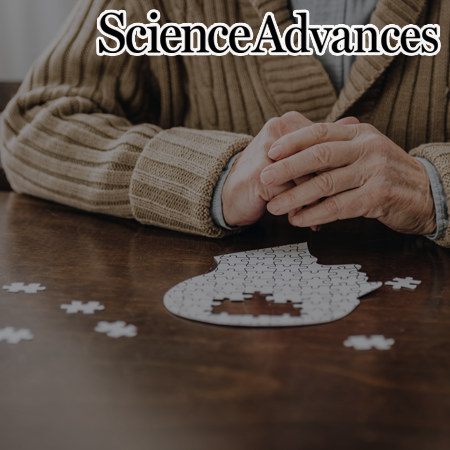
Brain hypothyroidism silences the immune response of microglia in Alzheimer’s disease animal model
Prof. Inhee Mook-Jung
Alzheimer's disease (AD) accounts for up to 80% of all dementia cases. The striking similarity in cognitive decline symptoms between AD and hypothyroidism is notable observation with numerous reports emphasizing thyroid hormone imbalance in AD patients.

Thermodynamic modulation of gephyrin condensation by inhibitory synapse components
Prof. Yongdae Shin
At neuronal synapses, several dense structures coexist similar to the way oil and water stay as two immiscible liquids. It has been considered that phase separation drives the formation of these dense structures composed of numerous structural and functional proteins.
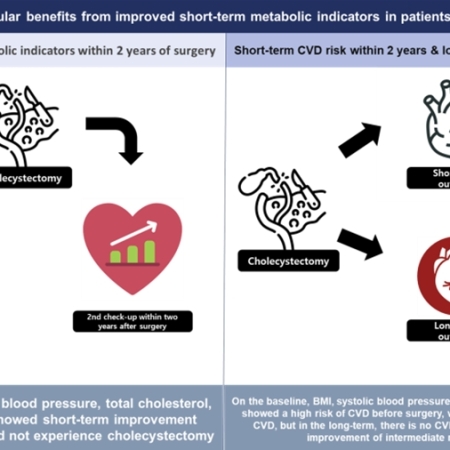
Associations of cholecystectomy with metabolic health changes and incident cardiovascular disease: a retrospective cohort study
Prof. Sang Min Park
Although some studies conducted about the risk of cholecystectomy and cardiovascular disease, there was a limit to explaining the relationship.
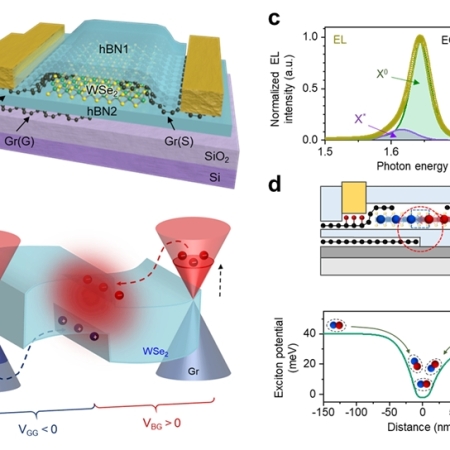
Electrically Confined Electroluminescence of Neutral Excitons in WSe2 Light-Emitting Transistors
Prof. Gwan-Hyoung Lee
Professor Gwan-Hyoung Lee's research team from the Department of Materials Science and Engineering at SNU has reported the electrically confined electroluminescence of neutral excitons in 2D light-emitting transistors.

Synergistic Effect of Ferroptosis-Inducing Nanoparticles and X-Ray Irradiation Combination Therapy
Prof. Kangwon Lee
Professor Kangwon Lee's research team from the Department of Applied Bioengineering at SNU succeeded in identifying the effects of safe combination anti-cancer treatment with X-ray irradiation using ferroptosis-inducing nanoparticles.

Ubiquitin Ligase RNF20 Coordinates Sequential Adipose Thermogenesis with Brown and Beige Fat-Specific Substrates
Prof. Jae Bum Kim
In mammals, brown adipose tissue (BAT) and inguinal white adipose tissue (iWAT) execute sequential thermogenesis to maintain body temperature during cold stimuli.
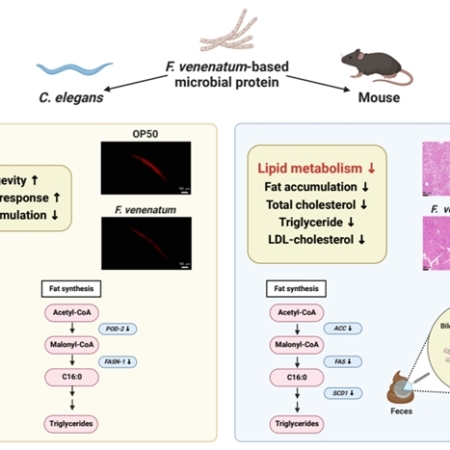
Molecular characterization of Fusarium venenatum-based microbial protein in animal models of obesity using multi-omics analysis
Prof. Younghoon Kim
Microbial protein, produced by fermentation of Fusarium venenatum is a promising candidate alternative protein source. Previous study has demonstrated its ability to improve hyperlipidemia in rats, yet the related mechanism remains unclear.


